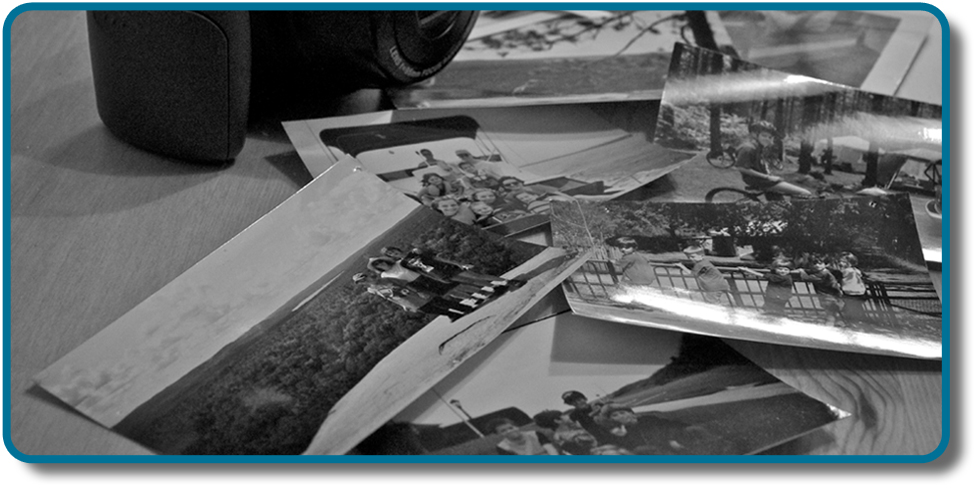| << Chapter < Page | Chapter >> Page > |

We may be top-notch learners, but if we don’t have a way to store what we’ve learned, what good is the knowledge we’ve gained?
Take a few minutes to imagine what your day might be like if you could not remember anything you had learned. You would have to figure out how to get dressed. What clothing should you wear, and how do buttons and zippers work? You would need someone to teach you how to brush your teeth and tie your shoes. Who would you ask for help with these tasks, since you wouldn’t recognize the faces of these people in your house? Wait . . . is this even your house? Uh oh, your stomach begins to rumble and you feel hungry. You’d like something to eat, but you don’t know where the food is kept or even how to prepare it. Oh dear, this is getting confusing. Maybe it would be best just go back to bed. A bed . . . what is a bed?
We have an amazing capacity for memory, but how, exactly, do we process and store information? Are there different kinds of memory, and if so, what characterizes the different types? How, exactly, do we retrieve our memories? And why do we forget? This chapter will explore these questions as we learn about memory.
Abel, M.,&Bäuml, K.-H. T. (2013). Sleep can reduce proactive interference. Memory, 22 (4), 332–339. doi:10.1080/09658211.2013.785570. Retrieved from http://www.psychologie.uni-regensburg.de/Baeuml/papers_in_press/sleepPI.pdf
Anderson, N. S. (1969). The influence of acoustic similarity on serial recall of letter sequences. Quarterly Journal of Experimental Psychology, 21 (3), 248–255.
Anderson, R. C. (1984). Role of the reader's schema in comprehension, learning, and memory. In R. C. Anderson, J. Osborn,&R. J. Tierney (Eds . ), Learning to read in American schools: Basal Readers and Content Texts (pp. 243–257). Hillsdale, NJ: Erlbaum.
Atkinson, R. C.,&Shiffrin, R. M. (1968). Human memory: A proposed system and its control processes. In K. W. Spence&J. T. Spence (Eds.), The psychology of learning and motivation: Volume 2 (pp. 89–195). New York, NY: Academic Press.
Baddeley, A. (2004). Your memory: A user's guide . Richmond Hill, Canada: Firefly Books.
Baddeley, A. D.,&Hitch, G. (1974). Working memory . In G. H. Bower (Ed.), The psychology of learning and motivation: Advances in research and theory (Vol. 8, pp. 47–89). New York, NY: Academic Press.
Bayley, P. J.,&Squire, L. R. (2002). Medial temporal lobe amnesia: Gradual acquisition of factual information by nondeclarative memory. Journal of Neuroscience, 22 , 5741–5748.
Bellezza, F. S. (1981). Mnemonic devices: Classification, characteristics and criteria. Review of Educational Research, 51 , 247–275.
Benjamin N. Cardozo School of Law, Yeshiva University. (2009). Reevaluating lineups: Why witnesses make mistakes and how to reduce the chance of a misidentification. Retrieved from The Innocence Project website: http://www.innocenceproject.org/docs/Eyewitness_ID_Report.pdf

Notification Switch
Would you like to follow the 'Psychology' conversation and receive update notifications?